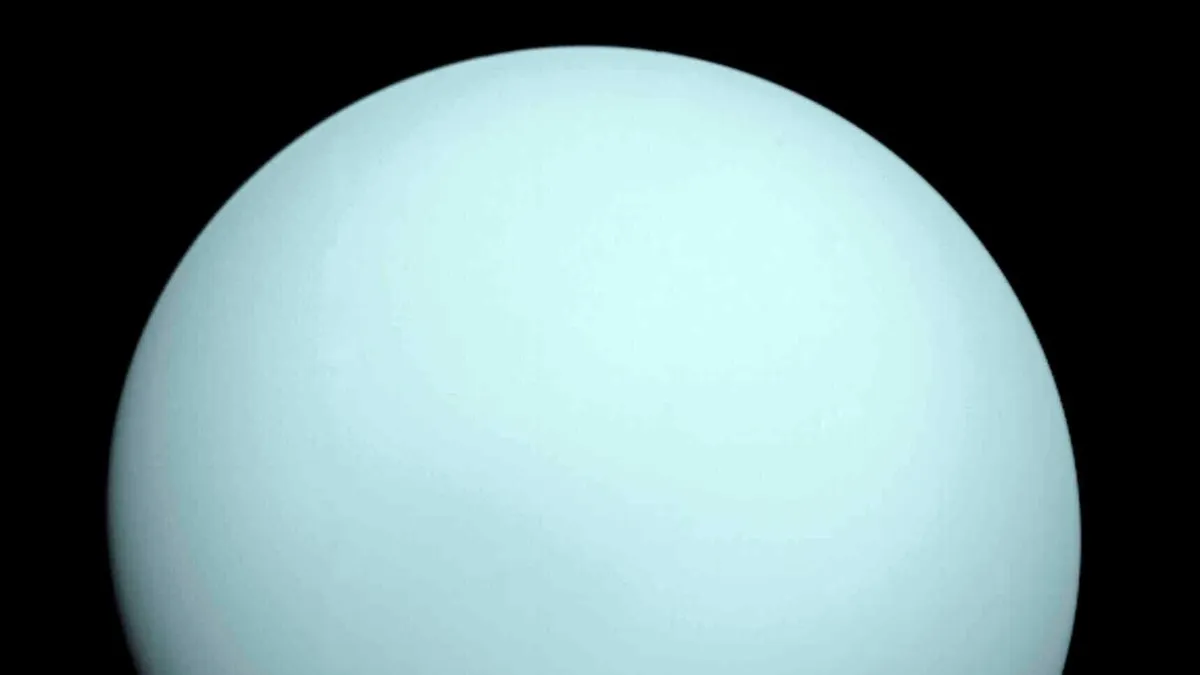
In an exciting astronomical revelation, the Webb Space Telescope has successfully detected a new, small moon orbiting the planet Uranus. This remarkable finding was announced by NASA on Tuesday and marks a significant addition to our understanding of the Uranian system.
The newly discovered moon is estimated to be merely six miles (10 kilometers) wide. It was identified using the telescope’s advanced near-infrared camera during observations conducted in February. This tiny moon managed to remain undetected for decades, even avoiding detection by the Voyager 2 spacecraft during its historic flyby approximately 40 years ago. Scientists attribute this elusiveness to the moon's faintness and diminutive size.
With this latest discovery, the total number of known moons orbiting Uranus has increased to 29. The moons of Uranus are uniquely named after characters from the works of Shakespeare and Alexander Pope. Among these, about half are smaller and exist in closer orbits around the planet, which makes the newly found moon a notable addition to this diverse group.
The Webb Space Telescope continues to enhance our understanding of the cosmos, revealing new details about celestial bodies within our solar system. This discovery not only expands the moon count of Uranus but also demonstrates the telescope's capability to uncover previously hidden features of distant planets.
The findings about Uranus and its moons are supported by the efforts of the Associated Press Health and Science Department, which receives backing from the Howard Hughes Medical Institute’s Department of Science Education and the Robert Wood Johnson Foundation. The AP remains solely responsible for all content related to this groundbreaking discovery.